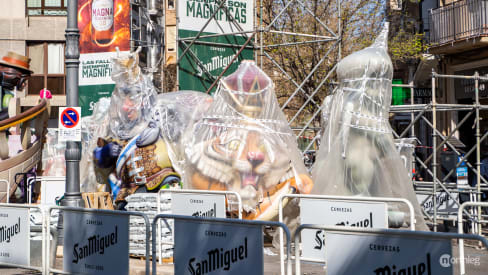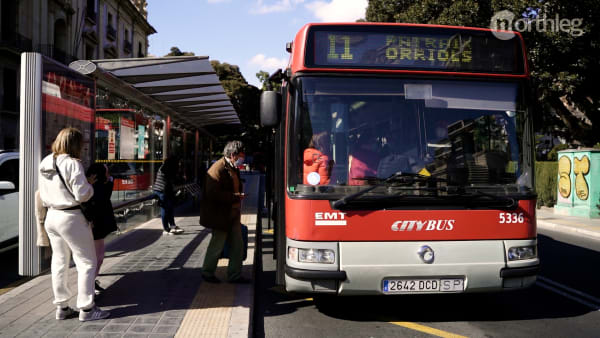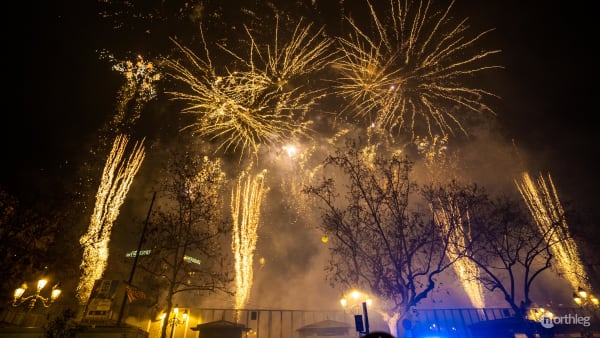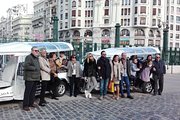
FAQs
FAQs
Here you can find quick answers to all of your questions. Linked, you’ll find the articles or the sections of the articles that can give you more detailed information.
-
The Plantà is the act of putting up the fallas sculptures.
-
The Plantà of the adult fallas is between the 15th and 16th of March. They have to be ready by the morning of the 16th.
For the fallas infantiles, it’s a day early: they have to be ready by the morning of the 15th of March.
-
For the smaller fallas, yes, for the bigger ones, no. In fact, the process to put up the biggest fallas will start up to 10 days before the Plantà.
-
Not always. Sometimes, the same artist works on more than one falla, therefore needs more time to finish setting up everything.
You can read more about this in the relevant section of this article.
-
The fallas are put up by the artists themselves and the various Falla committees members, the falleros.
-
Depending on the size of the falla sculpture, they are either assembled piece by piece with the help of a crane, or by hand in al tombe technique.
If you’d like to know more about how the sculptures are put up, you can check the relevant section of this article.
-
Of course. First of all, the ground where the fallas are to be erected is prepped. This means that sand is placed there to avoid damages to the asphalt.
Then, when the fallas are put up, they are secured with sandbags or cement blocks to prevent them from toppling over.
If you’d like to know more about this, you can check the relevant section of this article.
-
The Plantà infantil comes first, as it is usually the one that takes less time. The fallas infantiles have to be ready by the 15th morning, while the fallas mayores have until the 16th.
You can learn more about the *Plantà’*s schedule in the relevant section of this article.
-
The fallas are built in the artists’ workshops. Then, during the Plantà, they are moved to the streets of Valencia.
-
Some of the bigger fallas can reach up to 20 metres in height (65 feet). These are the fallas that will take the longest to assemble.
More related activities...
You might also be interested in...

Torres de Serranos
Defence gate, grand entrance, prison, and then safehouse. The Puerta de Serranos is one of the most well-preserved monuments in Valencia, as well as an important landmark since the Middle Ages

Top activities for a rainy day in Valencia
Grey skies, pouring rain, and chilly wind: don’t let them stop you from enjoying yourself in Valencia

La Crida
This is the proclamation of the Fallas’ official beginning: how a city enters three weeks of celebration, colour, noise, and spectacle.

Bus services in Valencia
Between urban and suburban routes, bus services in Valencia enjoy a network of 196 public lines. You will likely use some of these buses to move around the city during your stay, especially within and around the ancient city walls.

The Cathedral, Miguelete, and Holy Chalice
In the heart of the city’s old quarters is Valencia’s Cathedral, home to the Holy Chalice and a solemn bell tower, the Miguelete.

L'Albà de les Falles
What better way to open the most hectic and exciting days of Fallas if not with an explosive firework display that takes over all of Valencia?








